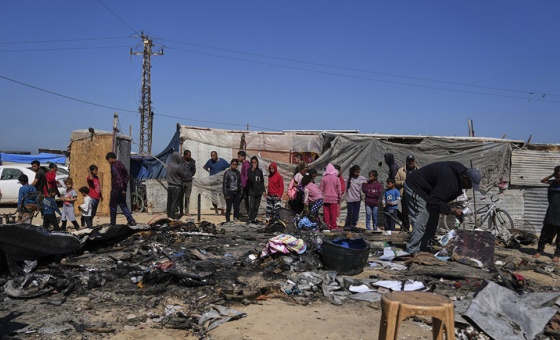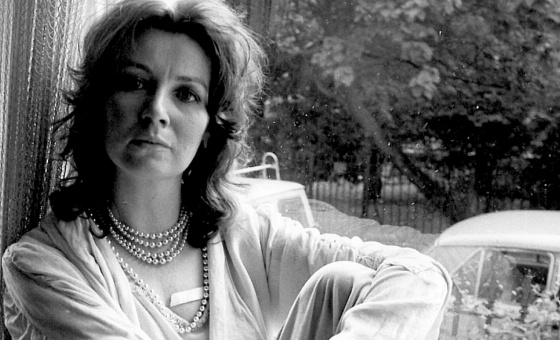This is the last article you can read this month
You can read more article this month
You can read more articles this month
Sorry your limit is up for this month
Reset on:
Please help support the Morning Star by subscribing here
The Cruel Victory: The French Resistance, D-Day and the Battle of the Vercors 1944
by Paddy Ashdown
(William Collins £25)
A triangular, forbidding plateau slightly to the south of a line between Grenoble and Lyon, the Vercors dominates two major corridors of eastern France the “Route Napoleon,” today’s RN 85, from Cannes up to Grenoble and the Rhone Valley to the west.
Writer Pierre Dalloz noticed its potential in March 1941. It was, he reckoned, a place where the tortuous routes to the plateau could be secured, a place for paratroopers to be dropped and create havoc behind enemy lines.
In Grenoble, a general of the divisional Armistice Army, had similar ideas and up to the German invasion of Vichy France in 1942 his officers had stockpiled weapons in the Vercors for the time they would rise up against the hated occupiers.
Also in Grenoble two groups of socialist working-class leaders were plotting. In all they had little in common but a common enterprise would bring them together to transcend political differences.
Little of this story will be known except to French-language readers.
Paddy Ashdown adds the element of high drama Allies politics, the main players being Franklin Roosevelt, Winston Churchill and Charles de Gaulle.
High-level squabbling in London, ramshackle communications with Algiers and top-level political infighting between the three western leaders led to a 4,000-strong resistance army gathering prematurely on the Vercors and hung out to dry with terrible consequences for the fighters and the families who supported them.
Stalin features marginally in the story, most importantly by supporting Roosevelt against Churchill’s fierce opposition to the invasion of France from the Mediterranean — Operation Anvil (later renamed Dragoon).
Churchill lost the argument, but his foot-dragging helped seal the fate of the resistance fighters on the Vercors.
De Gaulle for his own political ends supported a resistance uprising in the Auvergne, giving him a demonstrably French-led invasion to be counted with the British and US-led landings.
He gave little thought to the predicament of the Vercors, short of arms and provisions as Algiers prevaricated and the Germans closed in on July 1944. One of the resistance leaders condemned the lack of support from Algiers as cowardly and criminal.
The Anvil project was delayed, but the resistance fighters were ordered to mobilise to divert attention from the Normandy landings. It was much too early.
The Germans, aware of the dangers posed by the men of the Vercors, moved in. The 12,000-strong German force massacred the resistance fighters and civilian population alike in the most brutal act of revenge in western Europe.
The resistance regrouped to play a part in the subsequent liberation of the region, but it was a cruel victory.
This is an epic story of heroism by ordinary people and high-level bungling, containing a wealth of detail from German as well as resistance and Allied sources.





